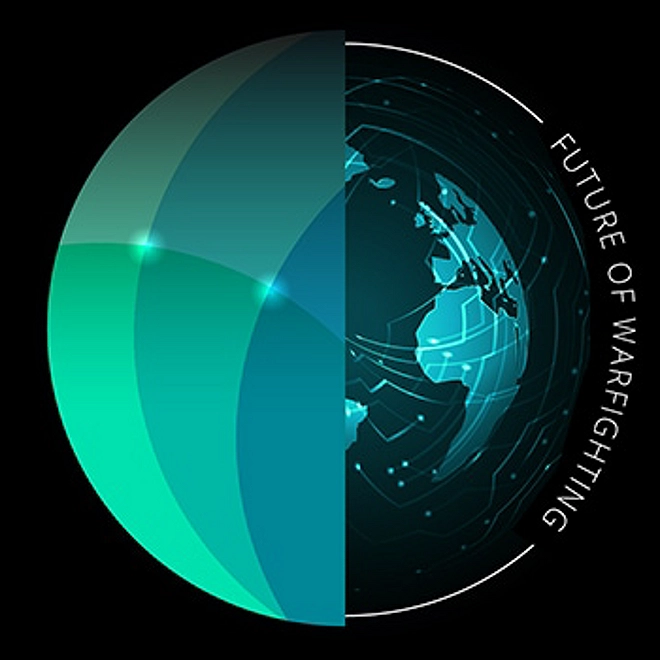Using digital supply networks to combat systems confrontation warfare
Interoperable physical-digital supply networks are critical to ensure that modern combat logistics can endure attacks in all operational domains and across allies, industry, and government agencies to rapidly design, produce, and deploy combat resources.
A Future of Warfighting publication by Deloitte US
The future of warfare is likely to see systems-confrontation operations which use physical, digital, and electronic warfare means to interfere with the physical and digital systems that a modern logistical process relies on. Through systems confrontation strategies a modern military’s logistical processes can be stalled before they even start. To complement digital attacks, systems confrontation warfare also leverages physical attacks.
Interoperable physical-digital supply networks aid in sustaining combat logistics against a peer waging system confrontation warfare. Unlike linear supply chains, digital supply networks offer many redundant ways to connect demand with supply and mobility at the tactical edge or production capacity in the industrial base. To meet the needs of peer warfare, militaries need to create digital supply networks not just within their armed services, but also with their allies, partners, and industry.
Digital supply networks required by military forces must serve two very different purposes: it must coordinate capabilities at the tactical edge and coordinate capacity in the industrial base. In this paper, we explore the necessary approach for systems combat logistics to accomplish this and the requisite changes that modern militaries need to make.
About the Future of Warfighting
The Deloitte Center for Government Insights is undertaking a yearlong research project focused on helping defense organizations prepare for the next 15 years of defense challenges. While defense challenges are ever shifting, our research has identified interoperability—within militaries, within government, between nations, and with industry—as being key to meeting uncertain threats.
Through more than 60 experts representing 12 countries across North America, Europe, and Asia, this research will produce more than a dozen insights articles offering ways of improving interoperability across key military areas. Research will detail how specific defense organizations can improve interoperability across defense challenges based on country-level expertise. The four leading defense challenges assessed from strategy documents of the 12 countries include near-peer warfare, grey zone threats particularly from technology, limited scale warfare, and defending the rules-based international order. The goal is to not only promote discussion at the international and intra-national levels, but demonstrate, in part, how greater interoperability can occur.
Visit www.deloitte.com/futureofwarfighting to access the Future of Warfighting insights collection and the interactive Interoperability index.
